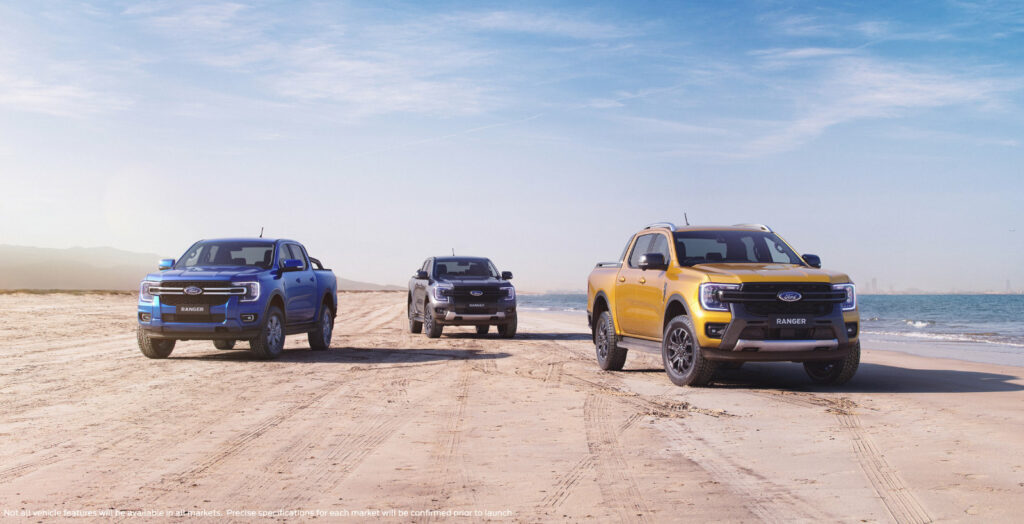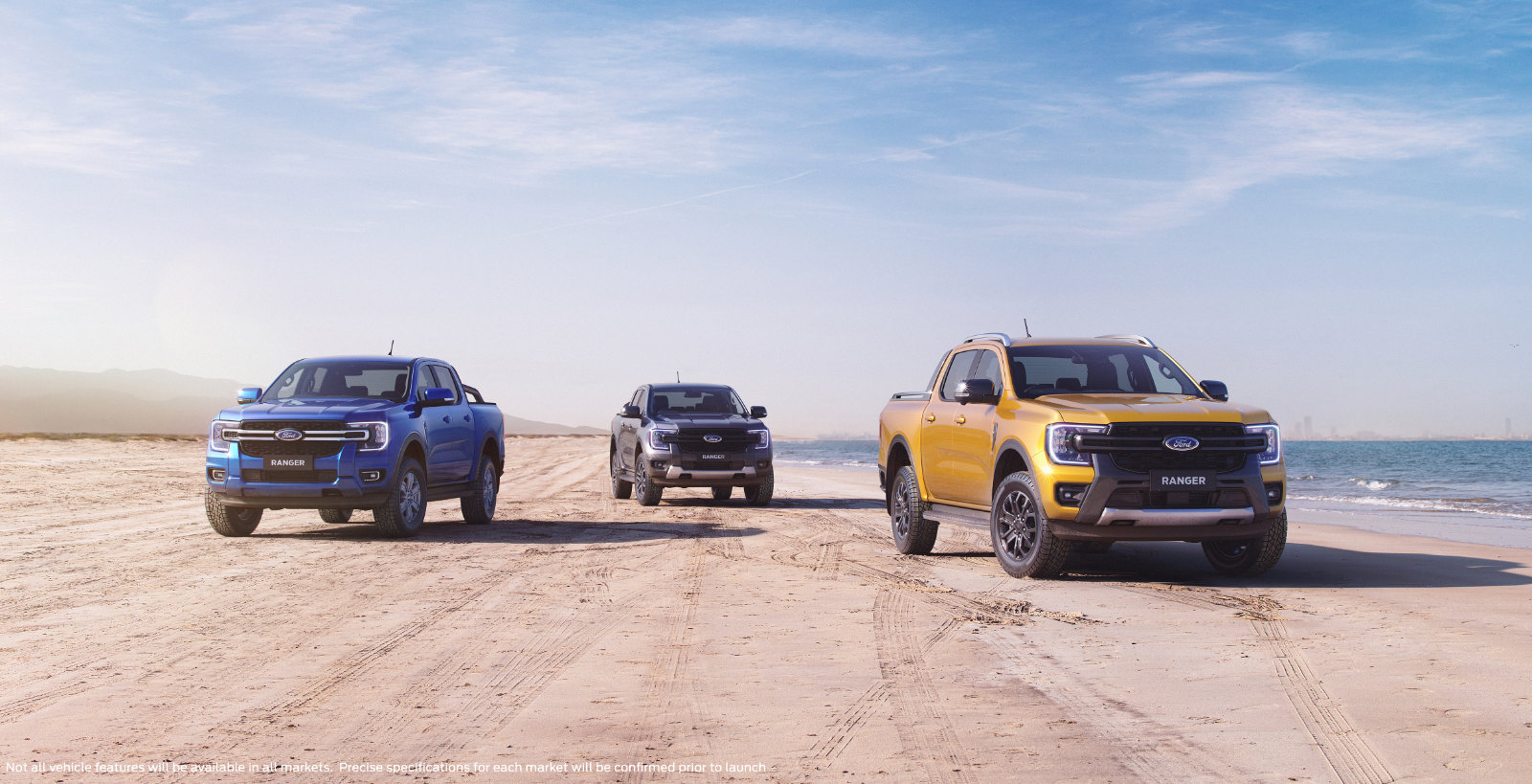I followed a Ford Ranger today and felt nothing. This isn’t as strange as it sounds. Ford has become a truck company here, too, and there’s nothing about the blue oval that stirs the soul any more. Mustangs are rare, and Ford—which once democratized flash—doesn’t have the brand equity that it used to. Never mind […]
Ford means nothing at all

